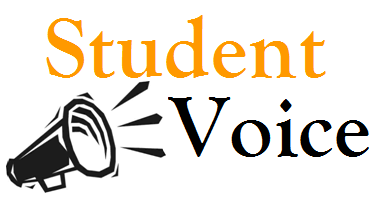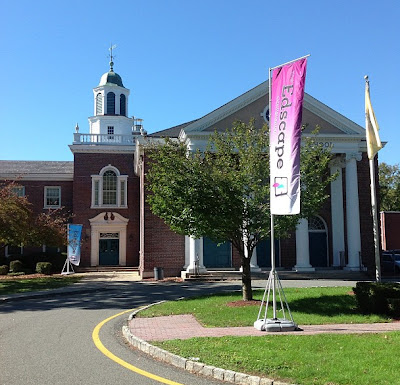I am sure there will be plenty of people out there who will publicly chastise me for what may seem like my inner Scrooge, but the truth is most Teachers HATE pep rallies! Let’s be real here. Pep rallies are disruptive to the school day and to learning. And I love learning. That’s my priority. Teachers have important jobs to do, and the distraction is, well, distracting. On the day of the pep rally, the students are usually energized to the point where they have no desire to learn, to sit still for any length of time, or to engage in any meaningful academic experiences for the day. Sometimes the “pep rally effect” begins DAYS before the rally itself, ugh.
Of course, school spirit, colored shirts, face paint, tattered clothing, grade level competitions, posters, blow horns, drum rolls, cheers and all that good stuff is what the memories are made of for the kids. I get it. Don’t send me hate mail. But trying to teach students on that day is NO easy feat. Trying to harness that energy in a “spirited” fashion while you are trying to address “CCSS.ELA – Literacy.W.9-10.2” becomes nearly IMPOSSIBLE. What about that very last dreaded hour of the day, moments before the pep rally is about to begin? Feel the swell of students moving towards doorways? Hear the rumblings of chants and distant sounds of horns? It’s all about to erupt! …EXCEPT in this classroom. This is what Joanna Westbrook’s students at NMHS were doing moments before the insanity began:
Amazing! These students were creating original documentaries. They were so engaged in their work, they didn’t even notice I was taking pictures. Every available technology was “in use” in this room. Most students were in the editing phase on the Macbooks, adding music, photos, video, audio and even subtitles from smart phones. I hated to interrupt to ask questions, but I had never seen engagement like this. This was JUST moments before a pep rally; I couldn’t help myself. Usually, kids aren’t so quick to show their work. Not these kids. They rattled-off their methods used in the creative process, their personal experiences, human interest stories, and the inspiration for their pieces. They were learning, creating, collaborating, applying, interacting, and proudly sharing. I will guess Mrs. Westbrook doesn’t hate pep rallies. They have no negative impact on the learning in her classroom. The best defense is a great lesson. Hats off to you, JW! Go Knights!!











